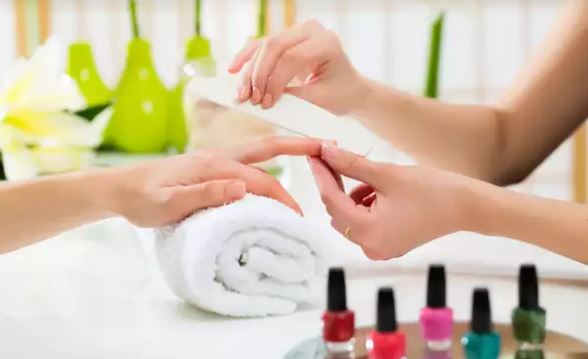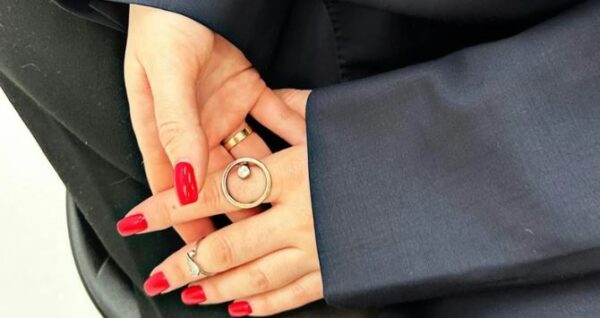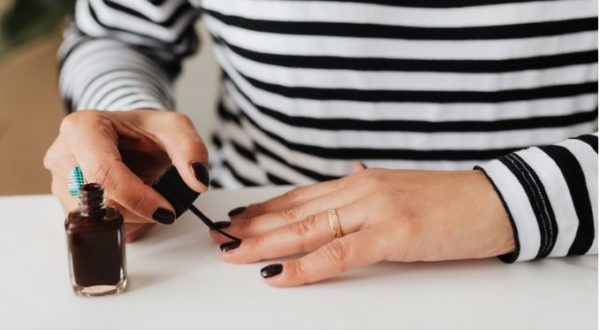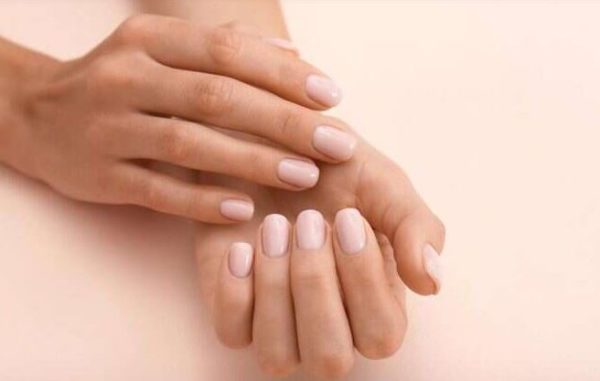Lifestyle
5 side effects of getting a manicure at a nail salon

Getting a manicure at a nail salon is a popular way to pamper oneself and enhance the appearance of the hands and nails.
While it can be a relaxing and enjoyable experience, it’s important to be aware of potential side effects that may arise from this beauty treatment.
From allergic reactions to infections, here’s an exploration of some common side effects associated with getting a manicure at a nail salon.
1. One of the most common side effects of getting a manicure at a nail salon is allergic reactions to the products used. Nail polishes, acrylics, gels, and nail polish removers often contain chemicals such as formaldehyde, toluene, and dibutyl phthalate (DBP), which can cause allergic reactions in some individuals. Symptoms of an allergic reaction may include redness, itching, swelling, and irritation around the nails and surrounding skin. In severe cases, allergic reactions may lead to blistering, peeling, or even contact dermatitis. It’s essential to inform the nail technician of any known allergies or sensitivities before beginning the manicure to avoid potential allergic reactions.
2. Another potential side effect of getting a manicure at a nail salon is nail damage. Aggressive filing, buffing, or improper removal of nail enhancements such as acrylics or gels can weaken the natural nails and cause them to become brittle, thin, or prone to breakage. Over time, excessive manicuring may lead to long-term damage, including nail thinning or nail bed separation. To minimize the risk of nail damage, it’s crucial to choose a reputable nail salon with experienced technicians who prioritize the health and safety of their clients’ nails.
3. Infections are also a concern associated with getting a manicure at a nail salon. Bacterial, fungal, and viral infections can occur if proper sanitation and hygiene practices are not followed. Tools and equipment that are not properly sterilized between clients can harbor harmful bacteria and pathogens, increasing the risk of infection. Nail technicians should use clean, sanitized tools and adhere to strict hygiene protocols to prevent the spread of infections. Clients can also reduce their risk of infection by ensuring that the salon they visit maintains high standards of cleanliness and hygiene.
4. One of the lesser-known side effects of getting a manicure at a nail salon is respiratory issues associated with exposure to harmful chemicals and fumes. Many nail products contain volatile organic compounds (VOCs) and other toxic chemicals that can release fumes into the air during application. Prolonged exposure to these fumes in poorly ventilated areas can irritate the respiratory system and exacerbate conditions such as asthma or allergies. To minimize exposure to harmful chemicals, clients can choose nail salons with adequate ventilation systems and opt for nail products that are labeled as “5-free” or “10-free,” indicating that they are free from potentially harmful ingredients.
5. Furthermore, there is a risk of injury associated with getting a manicure at a nail salon, particularly if proper safety precautions are not followed. Accidental cuts, nicks, or punctures to the skin around the nails can occur during nail trimming, cuticle care, or nail enhancement procedures. These injuries not only cause discomfort but also increase the risk of bacterial or fungal infections. Nail technicians should exercise caution and use sterile tools to minimize the risk of injury to their clients. Clients can also protect themselves by communicating any concerns or discomfort during the manicure and ensuring that the technician takes appropriate measures to prevent injuries.










